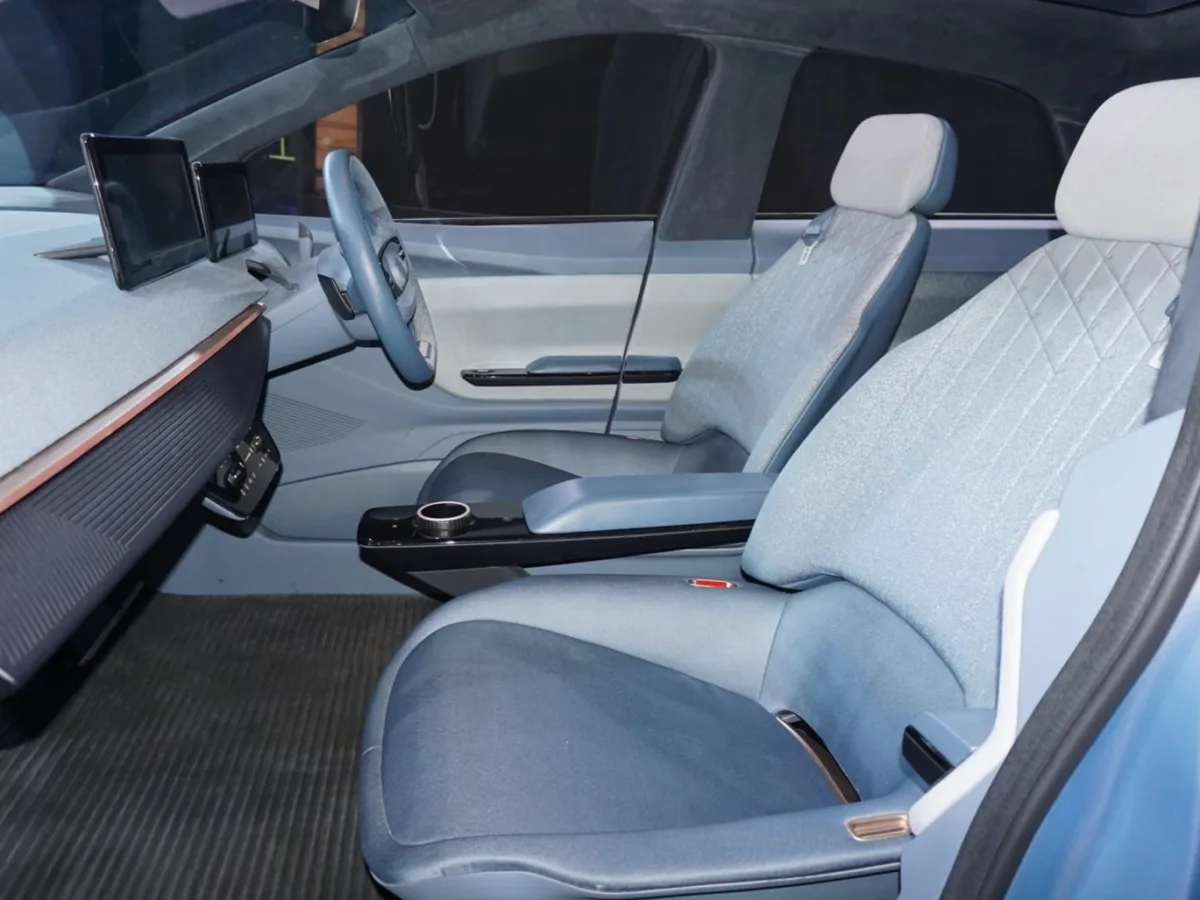The construction of the much-anticipated Delhi-Dehradun Expressway is progressing rapidly, with expectations that it will be fully operational by December this year. This expressway promises not only a swift commute but also a unique experience of jungle safari.
A significant portion of the expressway, from Ganeshpur in Uttar Pradesh to Asharodi in Dehradun, traverses the boundary of Rajaji National Park.
To ensure the safekeeping of the wildlife in this region, a 12-kilometer elevated flyover is being built over a seasonal river.
This will serve as Asia’s longest wildlife corridor, allowing animals to cross safely beneath the expressway. Rohit Panwar, an engineer from the National Highways Authority of India (NHAI), revealed that around 90% of the work is complete, and the section should be operational by July.
Automotive News Exclusive For You. 🚘 👇
Phased Development And Progress
The expressway project is divided into four strategic sections:
- Section 1: Akshardham in Delhi to Mavikala in Baghpat, covering 32 kilometers in two packages. About 95% of the first phase from Akshardham to the UP border and 97% of the second phase from the UP border to Mavikala (part of the Eastern Peripheral Expressway loop) are completed. This section is expected to open for traffic by the end of June.
- Section 2: From Baghpat to Saharanpur, where 60% of the construction is finished.
- Section 3: From Saharanpur to Ganeshpur, currently in its final stages of construction.
- Section 4: From Ganeshpur to Asharodi. The work here is also nearing completion, featuring the construction of the elevated flyover over the seasonal river at Mohand, within the Shivalik mountain range.
Key Features and Benefits
- Speed and Efficiency: Once fully operational, the expressway will significantly reduce the travel time between Delhi and Dehradun. It includes a 340-meter long tunnel at Kali, which has been ready for over a year and is already in use.
- Wildlife Conservation: The elevated flyover not only facilitates uninterrupted traffic flow but also ensures minimal disruption to wildlife movement.
- Progress Milestones: Each section of the expressway is seeing steady progress, reflecting a well-coordinated construction effort.
Key Insights:
- Ease of Travel: The Delhi-Dehradun Expressway will considerably shorten the travel time between the two cities when it opens in December.
- Wildlife Protection: The construction of Asia’s longest wildlife corridor is a noteworthy feature, reflecting a commitment to conserving wildlife habitats while developing infrastructure.
- Strategic Phased Development: The project is segmented into four parts, each making significant progress, with the first section to be operational by the end of June.
- Environmental Considerations: The elevated flyover over the seasonal river in Mohand is a crucial feature that balances infrastructure development with environmental conservation.
- Completion Timeline: Over 90% of the project’s work is already finished in most sections, moving towards full completion by December 2021.







